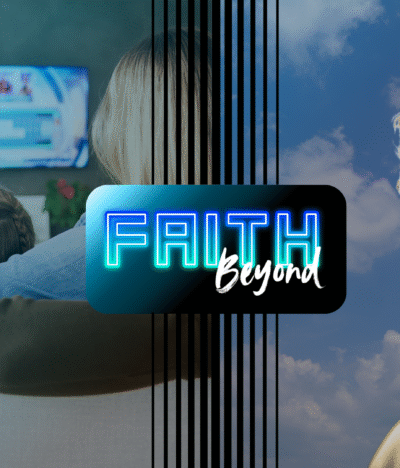It was the start of pirate radio in 1964, broadcast into the UK from ships anchored in international waters that first engaged my teenage enthusiasm for a career in broadcast and related technology. I was mesmerized by the apparent freedoms the deejays had to entertain and the breadth of music they played. And while governments and established broadcasters fought hard to either ignore or control the demand that offshore radio satisfied, the impact and huge popularity of the stations eventually led to the introduction of the kind of commercial, music-led, and talk stations that we all now take for granted.
One of those, a phone-in-led talk formatted radio station, has just launched its own satellite TV channel. It’s essentially a video simulcast of the regular radio output with fixed cameras in the radio studio and some high profile made first for TV shows that are also carried by the radio feed. But while this format is new in its market, radio with pictures or video has been around for many, many years.
Radio Vision, as it was known at the time, has been used extensively across the world as an educational tool back in the late 1950s and 60s. Schools’ radio broadcasts were recorded by teaching staff and then played out in the classroom to an accompanying film strip that had been previously delivered and which was projected onto the classroom screen or wall. The audio contained sound cues for the teacher to change slides and thus became the audio track for a slide show. The classroom became a cinema. Magic!
And audio with video has proved a successful point of sale format in retail environments.
Radio broadcasters have long experimented with ways to visualize radio. While breakfast TV has been a staple of the broadcasting sector in the United States for many years (early local station programs in Philadelphia and elsewhere preceded the arrival of NBC’s networked Today in January 1952 – and it’s still on the air!) other countries with a less developed TV infrastructure and where radio was pre-eminent at breakfast time (and in many markets still is) looked for ways to bring established, popular radio programs to TV screens. This was the early 1980s – long before the digital choices we have today existed and a good ten years before Tim Berners-Lee developed the World Wide Web – and put fixed and sometimes remotely controlled TV cameras into the studios of established radio shows. Sound familiar?
In many countries radio is still king within a mixed broadcast ecosystem (for example, it reaches 92% of all Americans aged 18+ every week – that’s 240 million listeners – compared with TV’s 87%) and there are many excellent examples of successful Radio Vision on the air today. They maintain the credibility and broadcast values of the radio format but are brought to the screen as a separate TV channel at the same time. And with digital technology it’s an economical and effective way of promoting listening, audience reach, market share and viewing.
iKO Media Group offers an innovative, ready-to-go solution for clients wishing to bring their radio services to TV screens as OTT or streamed video channels and distribute them to international audiences. If you’d like to discuss how then please contact us – we have a radio vision for you!
“ I was mesmerized by the apparent freedoms the deejays had to entertain and the breadth of music they played.”
Turn your RADIO UP!
Explore the impact of video integration in radio broadcasting, drawing inspiration from NPR, BBC Radio.






